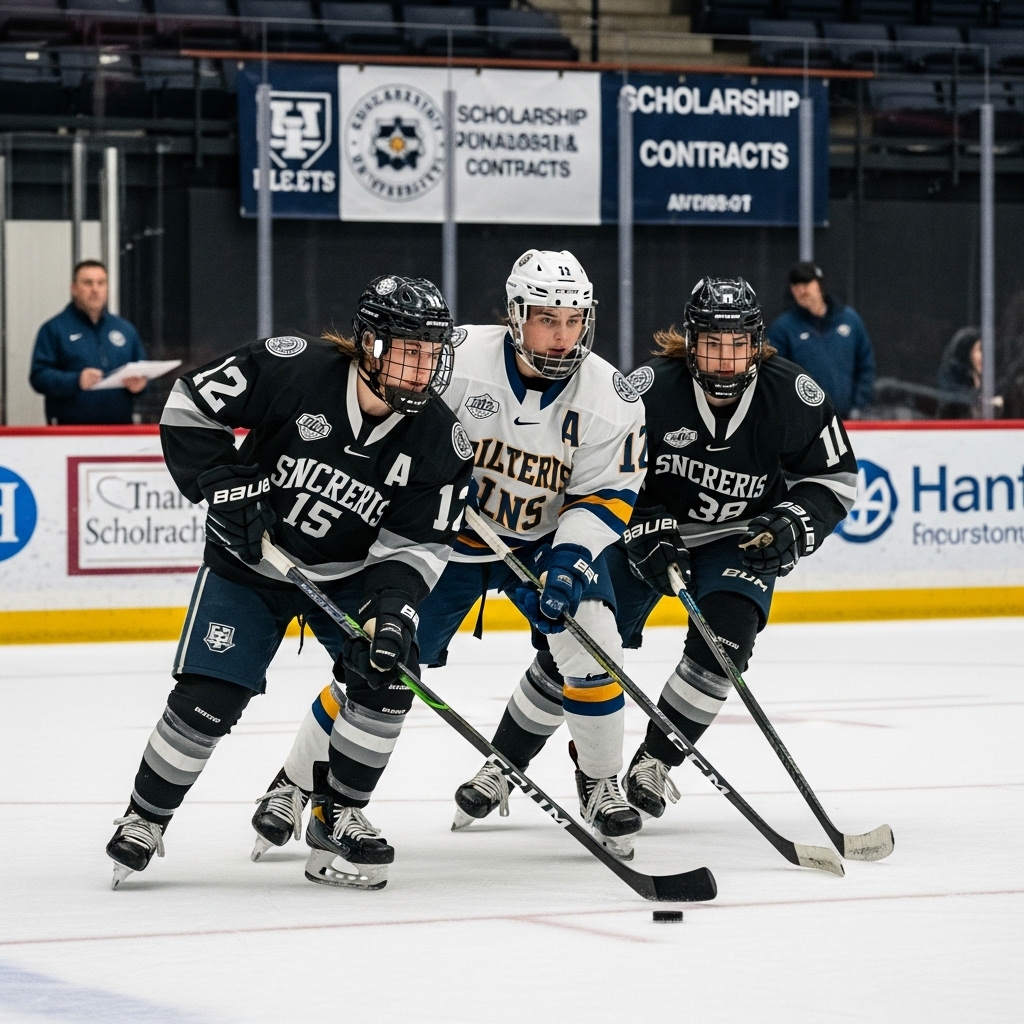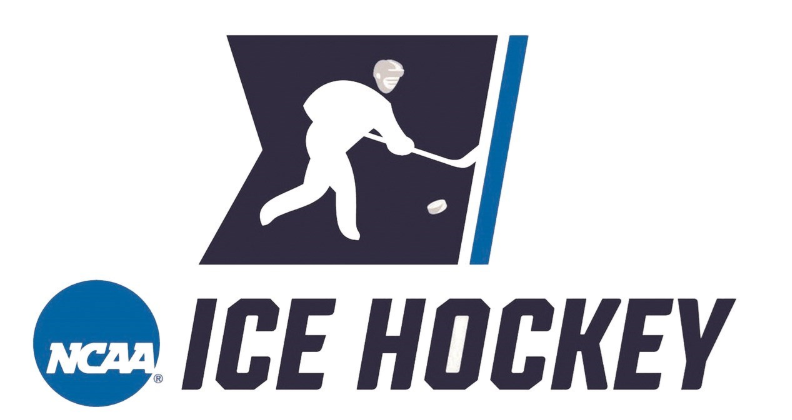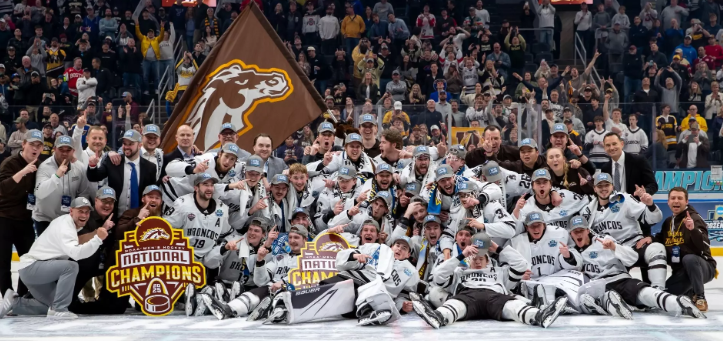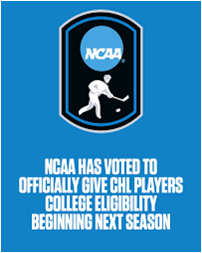
The recently approved NCAA House settlement is poised to fundamentally reshape collegiate athletics, and its impact on Division I men’s and women’s ice hockey programs will be significant. While many details are still emerging, the core changes revolve around athlete compensation, scholarship flexibility, and roster limits.
Understanding Scholarship Flexibility
For schools that opted into the NCAA House settlement, a critical change is the newfound flexibility in offering athletic scholarships. Previously, strict scholarship caps limited teams. Now, if a Division I hockey team cannot afford to offer the maximum of 26 full athletic scholarships, they have the discretion to offer fewer.
This flexibility stems from several key aspects of the settlement:
- Roster Limit as a Maximum: The 26-player roster limit for Division I ice hockey is an absolute maximum. It dictates the highest number of players a team can have on its active roster, not a minimum or a mandated number of scholarships. Teams are not required to fill all 26 spots, nor are they required to offer full scholarships to all players on their roster.
- Equivalency Scholarships: Under the new system, all athletic scholarships are “equivaency scholarships.” This grants schools the ability to:
- Offer Partial Scholarships: For instance, instead of two full scholarships, a school might offer four half-scholarships.
- Mix Full and Partial Scholarships: Teams can create a blended approach, with some players receiving full scholarships and others partial aid.
- Offer Fewer Overall Scholarships: A school might decide that its budget allows for only 15 full scholarships, even if it carries 22 players on the roster. The remaining players would either be true walk-ons (receiving no athletic aid) or receive very small partial scholarships if financial resources permit.
- Budgetary Constraints: The settlement introduces an annual cap on the total amount of revenue a school can share directly with athletes, starting at approximately $20.5 million for the first year. This cap includes scholarship costs that exceed previous limits. For many institutions, particularly those outside the major revenue-generating conferences, fully funding 26 scholarships for a hockey team in addition to other sports, while remaining within this overall cap, will present a significant financial challenge. Strategic decisions on fund allocation across all sports will be essential.
- Strategic Roster Management: Coaches and athletic departments will need to balance their desired roster size for competitive reasons with their financial realities. Some may opt for a smaller, more highly funded roster, while others might spread aid among more players if their budget allows for a greater number of partial scholarships.
In summary, while the settlement removes the old scholarship caps and permits up to 26 scholarships for hockey, it does not mandate that a school must provide 26. Each institution will make its own decisions based on its financial capacity and athletic priorities.
The “Grandfather Rule” Exception
An important caveat to the strict roster limits is the “grandfathering” provision. Current or incoming 2025-26 student-athletes who were already on a roster or had a promised spot and would otherwise be cut due to the new limits are designated as “Designated Student-Athletes.” These individuals do not count against the 26-player limit for their remaining eligibility at their original institution or any transfer institution. However, once these players complete their eligibility, the strict 26-player cap will apply, reinforcing that the new system streamlines roster management: the number of players a team can carry is now the number they can offer aid (including scholarships and direct payments) to, up to that specific sport’s roster cap.
Schools Not Opting In
While the vast majority of Division I schools opted into the settlement (approximately 319 out of 389), some notable exceptions relevant to hockey exist:
- The Ivy League: All eight Ivy League institutions, including their six hockey schools, have opted out. This decision aligns with their longstanding model of not awarding athletic scholarships or providing direct athletic compensation.
- Military Academies: Institutions like Air Force and Army have opted out due to military rules that prevent their cadets from receiving Name, Image, and Likeness (NIL) compensation.
- Other Hockey Programs: Certain other Division I hockey programs, such as Nebraska-Omaha, also chose not to opt in, often citing financial considerations or a desire to observe how the new system unfolds before committing.

Impact on Women’s Ice Hockey
The new rules could be beneficial for women’s hockey. Traditionally, women’s hockey teams have averaged around 25 roster spots. The new 26-player cap is very close to this average, suggesting less drastic changes in immediate roster size. This consistency may alleviate concerns about increasing roster sizes potentially forcing players into unhealthy competition for ice time or risking being healthy scratched.
However, schools like Sacred Heart, which have historically maintained larger women’s hockey rosters (sometimes exceeding 30 players), will face a significant adjustment. While the grandfather rule will mitigate immediate impacts for current players, these programs will see a necessary decrease in their roster size for future recruiting classes as the grandfathered players cycle out.
Impact on Men’s Ice Hockey
The new rules are expected to have a more pronounced impact on decreasing roster sizes in men’s hockey. On average, men’s teams have historically carried around 29 players. Given that men’s hockey tends to have more injuries than women’s hockey, larger rosters were often maintained to provide depth.
Now, these rosters will shrink to the 26-player maximum. While the grandfather rule will offer a short-term buffer, this ultimately means the overall number of players participating in Division I men’s hockey will decrease, potentially from approximately 1,800 players to 1,600 players across the country.
This reduction in available spots is further compounded by the recent change allowing Canadian junior players, who were previously ineligible due to stipends, to now play college hockey. This new pool of eligible talent will intensify competition for the fewer available roster spots in Division I men’s programs.
